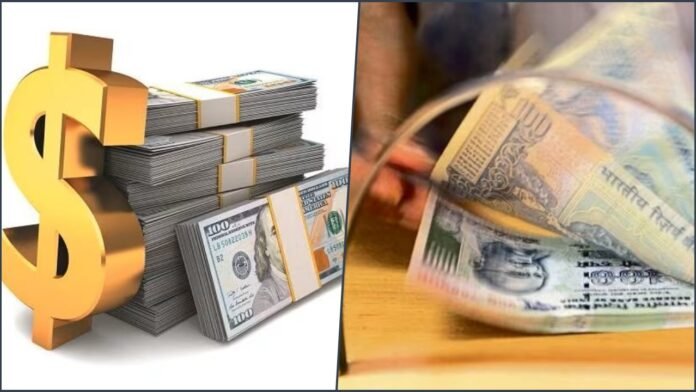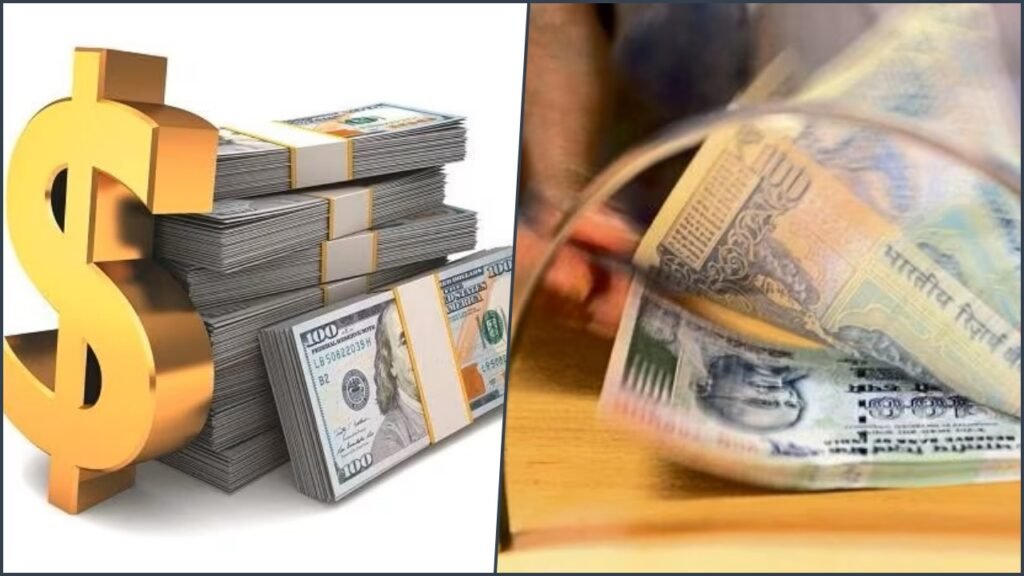
New Delhi: India’s foreign exchange reserves, which act as a buffer against external shocks and currency fluctuations, fell by $5.24 billion to $617.23 billion in the week ended February 9, 2024, according to the latest data released by the Reserve Bank of India (RBI).
The decline was mainly due to a decrease in foreign currency assets, which account for about 88.5% of the total reserves. Foreign currency assets dropped by $4.07 billion to $546.52 billion, reflecting the impact of exchange rate movements of major currencies such as the euro, pound, and yen against the US dollar.
The country’s reserve position with the International Monetary Fund (IMF) also slipped by $28 million to $48.32 billion, while the value of gold reserves remained unchanged at $21.96 billion. The special drawing rights (SDRs), an international reserve asset created by the IMF, increased marginally by $3 million to $0.43 billion.
Despite the fall in the reserves, India remains the fourth-largest holder of forex reserves in the world, after China, Japan, and Switzerland. The reserves reached a record high of $645 billion in October 2021, boosted by robust capital inflows, rising exports, and lower imports.
The RBI has been actively intervening in the foreign exchange market to manage the volatility of the rupee, which has appreciated by about 7.5% against the US dollar since April 2023, making it the best-performing Asian currency in the current fiscal year. The central bank has been selling dollars to prevent excessive appreciation of the rupee, which could hurt the competitiveness of Indian exports.
The rupee closed at 82.95 per US dollar on Friday, February 23, 2024, after touching a 10-year high of 82.75 on February 16. The currency is expected to trade in a narrow range of 82.80 to 83.10 in the coming week, with inflows from foreign investors and exporters likely to offset the demand from importers and oil companies.

Anil Kumar Bhansali, head of treasury and executive director of Finrex Treasury Advisors LLP, said that the RBI would continue to buy dollars to replenish the reserves and curb any sharp appreciation of the rupee. He advised exporters to sell their dollar receivables above 83.00, while importers should buy the currency on dips towards 82.80. He also suggested that importers should hedge their near-term exposure, while exporters could sell their dollars for longer-term contracts.



















































